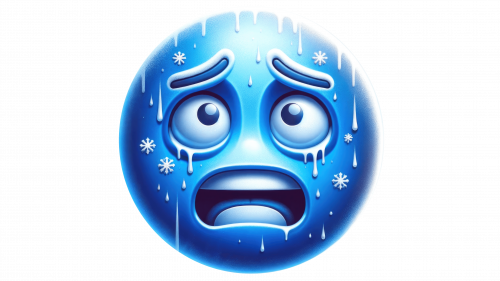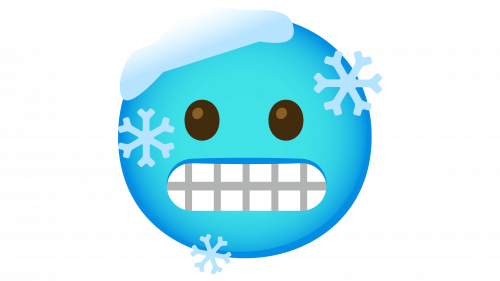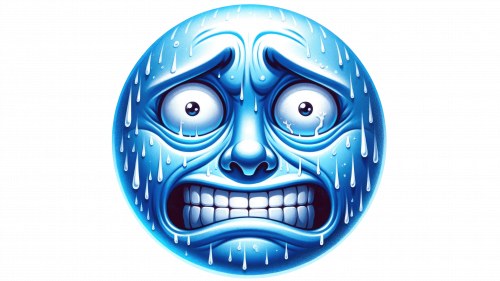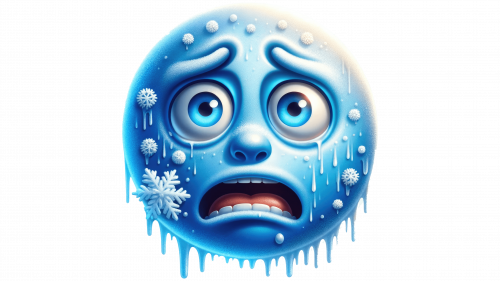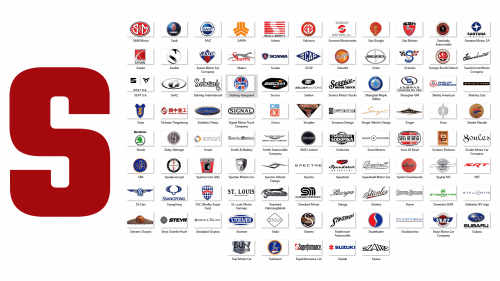The Cold Emoji 🥶 exudes an Arctic chill. Among the range of facial expressions, it is one that conveys decidedly negative emotions. The image was developed by Apple and added to Unicode 11.0 in 2018. The symbol’s code is U+1F976.
To insert the Cold Face emoji in a text, press the Win key, plus, and period (.) simultaneously in the English keyboard layout. An emoji window will appear. Type the name of the face and Cold Emoji, and click on the desired symbol in the window.
Meaning and use of the Cold Emoji
The image has all the signs of a very cold person: bluish skin, chattering teeth, and freezing tears.
On different platforms, the emoji varies in color from light blue (OpenEmoji) to blue-light blue (Apple/iOS) or white-light blue (Facebook) gradient. Blue is considered a cold color in psychology. The shade conveys emotionlessness and calm bordering on indifference. It suggests guidance by reason, not heart. In combination with blue and white, the shade evokes associations with snow and ice.
The emoji shows tightly clenched teeth. A grimace bordering on a spasm that contorts the face. When severely cold, teeth chatter from the chill. Although the process cannot be seen in the drawing, looking at the picture makes it clear that this is precisely what is happening. In social networks where the Cold Emoji is animated, one can clearly see the accuracy of this interpretation.
On the face, icicles are visible, located either at the bottom or all over the emoji. Sometimes, instead of a headgear, a pile of snow is used, and snowflakes are added. When the emoji is clicked, a cold wind blows, leading to the freezing of the image.
The symbol is used in a wide range of cases.
- The Cold Emoji represents the cold season. Often, the icon is embroidered on scarves and winter clothing.
- The symbol is used to convey a drop in temperature, to report a change in weather, or to share one’s feelings while out for a walk. Even if it’s not winter outside but summer, spring, or fall, a person using this sign is talking about their sensations. “I was cold,” “A cold wind is blowing,” “I’m not dressed for the weather.”
- Cooled feelings, the absence of love, is often associated with winter when it becomes uncomfortable and cold. Of love and affection, people say, “I feel warm feelings.” This expression is linked to the sensation of a warm wave when nearing the object of love, caused by the rush of blood and the dilation of vessels. Cold Emoji has the opposite meaning. In the cold, vessels constrict. The face turns pale, and the tip of the nose may turn blue. Without warm feelings, a person feels cold. The sign speaks of parting, cooling off, and lack of reciprocation.
- Of a proud and unattainable girl, they say, “a cold beauty,” and an indifferent look is compared to frost. “He/she looked at me in such a way that I felt a chill,” “His/her gaze gave me goosebumps.” The emoji is used in relation to a person incapable of love. It’s cold for others around them.
- To explain this point, one might refer to the Bible: “Also, if two lie down together, they will keep warm. But how can one keep warm alone?” Ecclesiastes 4:11. A lonely person feels cold, both physically and emotionally.
- The emoji is often included in the unwellness category. A sick person feels chills, which is associated with a rise in temperature. Cold Emoji describes this painful state.
- “Shudder from fright.” The emoji depicts a person who is very scared. Their face turns pale from terror, and their teeth begin to chatter. Hands and feet go cold from horror. The image shows stress and intense emotion. It’s no wonder the drawing is categorized under “Faces and Emotions.”
Combining the picture with other emojis will hint at how best to interpret the received smiley. Along with Coffee Emojis, it suggests meeting up on a cold winter day in a warm atmosphere for a snack. Fire Emojis next to a frozen face indicate a change of feelings, a burgeoning love, or a need to receive it. And Panic Emojis will intensify the feeling of fear.
Final thoughts
The symbol allows one to talk about coldness – emotional, physical, or spiritual. It’s better not to use the emoji unnecessarily, as the image pierces the viewer with an icy wind and evokes unpleasant sensations. Before sending such an image, make sure you and the recipient understand each other well. However, if you’re cold and in need of human warmth, let those around you know so they can show their care for you.
The 🥶 Cold Face Emoji features a face tinted in shades of blue, teeth clenched together, often with icicles or snowflakes adorning it, vividly conveying an intense reaction to cold. This emoji perfectly encapsulates the physical and often discomforting experience of being in a freezing environment, from the biting chill of winter winds to the sharp sting of frostbite. The 🥶 emoji is primarily utilized to express a sense of extreme coldness or to describe feelings and situations associated with very low temperatures. It’s a popular choice for discussing weather conditions, cold sensations, or even metaphorically depicting a lack of warmth in interactions. Additionally, it can humorously illustrate reactions to cold food or drinks, such as ice cream, contributing a playful element to conversations about chilling experiences.
Text examples:
- “Stepped outside for a minute, and it feels like I’ve entered the Arctic! 🥶❄️”. This sentence uses the emoji to dramatically describe the sudden shock of cold when stepping into a significantly colder environment, emphasizing the severity of the temperature drop.
- “That movie ending left me cold, not what I expected at all 🥶🎬.” Here, 🥶 is applied metaphorically to convey a sense of emotional coldness or disappointment, indicating that the movie’s ending was unsatisfying or had a chilling effect.
- “Watching the snowfall through the window and feeling thankful for my warm blanket 🥶🌨️.” In this context, the emoji expresses a cozy appreciation of warmth in contrast to the cold snow outside, highlighting the comfort of being indoors during chilly weather.
